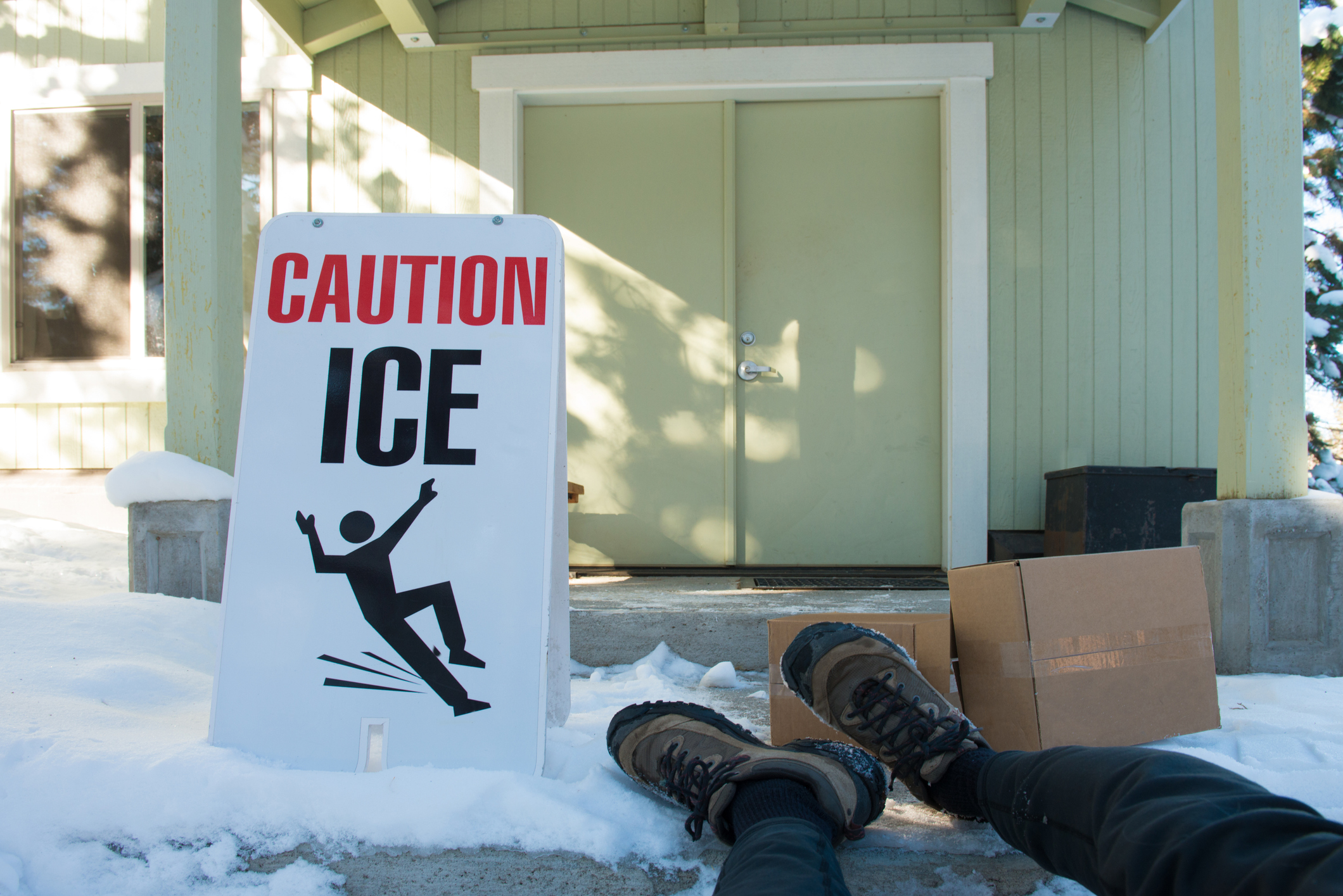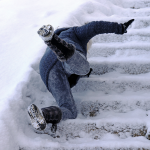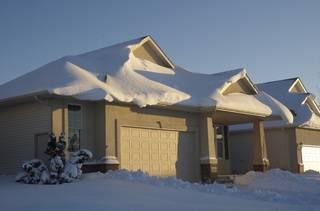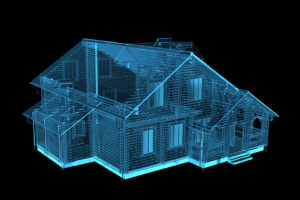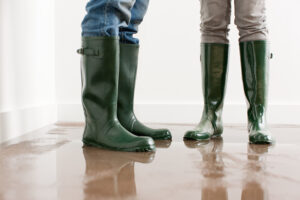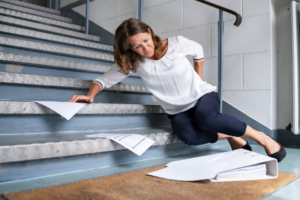During the cold winter months, we primarily see slip and fall accidents occur due to frozen surfaces from an accumulation of snow and ice. For property owners, many risks come with managing snow and ice removal. When an injury occurs, it is crucial to understand who is at fault and decipher between a natural versus unnatural accumulation. Typically, a slip and fall accident can cause injuries ranging from slight bruising to injuries that are more severe such as broken bones, torn ligaments and even death. There are times that the injury resulting from a slip and fall requires immediate medical attention. Determining liability in slip and fall claims can be resolved through utilizing engineering experts to look at all the evidence, perform a site inspection and determine causation.
Creating a safe walking environment for pedestrians during winter storms is important in minimizing risk of injury. The first step in the process is for a property owner or manager to plan for how they will respond to a winter storm event. The property owner or manager will need to decide whether they will handle snow and ice removal efforts with in-house personnel or if they will contract out this activity to a snow removal company. CED understands this process and applies applicable snow and ice removal standards and other municipal information when analyzing this type of slip and fall scenario. In addition to having the responsibility of preparing for and enforcing safe protocols for snow removal, property owners and managers must follow a specific action plan during removal to avoid unnecessary slip and fall claims against them. The action plan should include:
- Will pre-treatment of surfaces be incorporated into the plan?
- How many inches must accumulate before snow and ice removal begins?
- Where will the snow be placed during removal?
- After removal of the snow and ice, how often are the walkways, driveways, and parking lots monitored to ensure they are clear?
- When will clearing take place: before opening, closing or shift changes as well as when melting or refreezing occurs?
- Location of snow piles to avoid driver views being obstructed or melting ice and snow not crossing sidewalks or access areas.
- Determination of who is responsible to clear steps, ramps, and handrails.
- Monitoring of weather conditions after a winter storm event to plan for retreatment to protect areas from thaw/re-freeze cycles.
If an injury does occur, determination of fault may be broken down by natural versus unnatural accumulations of snow and ice. Natural accumulation includes snow and ice collected on walkways, sidewalks, in parking lots, on roads, or is blown by the wind – no human interference. Unnatural accumulation occurs when the snow is moved by plows, snow shovels or snow blowers, the snow piles can melt and cause ice patches, an awning may protect a patch of ice from the sun, or a downspout or root edge allows water to drain on walkways which changes to ice in freezing temperatures. Engineering experts can help determine and evaluate causation by evaluating things such as human interference.
Specifically, CED engineers evaluating slip and fall occurrences that are centered around snow removal procedures will typically evaluate and/or complete the following:
- Weather history, usually for days leading up to and including the time of the incident.
- Snow removal contract (if one exists) and comparison to applicable standards and literature.
- Topology of the site and any structural influences on the walking area and locations of piled snow.
- Mapping and documenting the geometry of the incident site.
- Review of Photographs and/or surveillance video of the incident site if they exist.
- Inspection of the pedestrian footwear.
- Documentation of the accident through incident reports.
- Witness and victim statements.
- Medical records.
If a liability claim occurs due to a slip and fall accident on snow or ice, it is important to call a reputable engineering firm to look at the evidence. CED’s engineers have years of experience working on slip, trip and falls and are available to provide proper insight on the situation.
